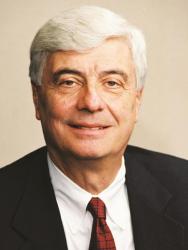In 1984, Congress simultaneously eliminated state-local regulation of cable television rates and banned telephone companies from offering cable service in their own franchise areas. Five years later, the General Accounting Office discovered that basic cable rates had risen more than four times as rapidly as the overall consumer price level since rate deregulation. As a result, Congress began to move to reimpose cable rate regulation once again, finally succeeding (over President Bush’s veto) in 1992.
In this book, Robert Crandall and Harold Furchtgott-Roth examine the case of reregulating cable television and find that viewers gained far more than they lost during the brief deregulatory era because cable services expanded so rapidly in the deregulated environment. Moreover, they show that new technologies, such as direct-broadcast satellites, are likely to provide considerable market discipline for cable operators in the next few years, weakening any case for rate regulation. Given regulation’s history of impeding innovation, they conclude that economic welfare is more likely to be enhanced by policies aimed at encouraging new entry into video services than by rate regulation.
Authors

Robert W. Crandall is a senior fellow in the Economic Studies program at the Brookings Institution, where his research has focused on telecommunications and cable television regulation, industrial organization and policy, and the changing regional structure of the U.S. economy. His previous books include Broadband: Should We Regulate Internet Access? (Brookings, 2002), Telecommunications Liberalization on Two Sides of the Atlantic (Brookings, 2001) and Who Pays for Universal Service? (Brookings, 2000). Harold Furchtgott-Roth is chief economist for the House Commerce Committte and coauthor of International Trade in Computer Software (Greenwood, 1993) and Economics of a Distaster (Greenwood, 1995). He completed most of the work on this book while a senior economist at Economists Inc.